Noranda CHABAD, Perth, Western Australia, 30 June 2018

Avraham Shalom Halberstam spends Shabbat Balak with us. I had discovered on his previous visit to Perth in July 2016 that we were 8th cousins. Researching using Geni.com, I discovered that we both are members of the Katzenellenbogen Rabbinic Family Tree.
Earlier the day on Shabbat, we did something during Shacharit that brought the Rebbe and our community together as never before – read below.
Please note: no photos were taken during shabbat!
My 8th Cousin – The Stropkover Rebbe – The Admor of Stropkov



Havdalah at Noranda CHABAD
Video
Havdalah at Noranda CHABAD

Mendy of RARA and the Stropkover Rebbe. Other guests were Moishe, the Rebbe’s assistant, and Moishe from RARA
Source: youtu.be/wzTfMchMCCs
Some special photos for our albums


The Maccabean
13 July 2018

Earlier after the torah reading on shabbat we recited Av Harachamim

A noteworthy custom fitting the mood of the Sefira period deals with the prayer Av Harachamim. Av Harachamim, recited on Shabbat after the Torah reading was written in response to the Crusades. In it we memorialize the righteous martyrs and pray for retribution for their spilled blood. Av Harachamim is generally not recited on Shabbatot which have an added celebratory nature – such as Shabbat Mevarchim (the Shabbat in which we bless the new month). In many congregations during the Shabbatot of Sefirat Haomer, Av Harachamim is recited even on the Shabbatot in which we bless Iyar and Sivan. The Mishna Brura (284,18) adds, that even if there is a Brit Milah that Shabbat, giving us a second reason why Av Harachamim should not be recited, Av Harachamim is still said, since this was the season of the tragedies.
A few weeks ago, Rabbi Marcus Solomon of Dianella Mizrachi Shule, told me about an initiative he had started in his shul.
Before reading the Av Harachamim prayer, he selects one of the 6500 shtetls that existed before and during the Holocaust from this three volume set:

Rabbi Solomon then shares the story of the particular shtetl to illustrate what we lost in Holocaust!
Today was the first time we did the same at Noranda CHABAD Shul during Shacharit.
With the Stropkover Rebbe spending Shabbat with us, I chose the following shtetl from Volume 3:

Thanks to Michelle Urban and the JHGS for allowing me to use these books from their excellent library housed at CHABAD.
https://collections.ushmm.org/search/catalog/bib63061
It goes without saying that those in shul were inspired to hear about Stropkov with its Rebbe in our shul. The further connection as 8th cousins was an added bonus for us!
We discussed the Rebbe’s previous visits to Perth and at his request, last night I found this clip I filmed of the Rebbe at Benny Sasson’s barmitzvah June 2000. We did not know our connection then, and here 8 years later, I am pleased to be able to upload it to the internet for all to view and share!
Stropkover Rebbe’s 2000 visit
Stropkover Rebbe’s 2000 visit

At Benny Sasson’s barmitzvah
Source: youtu.be/nn1M-SVGTHk
July 2016


The Stropkover Rebbe has just completed a visit to Perth Australia from Jerusalem.
We were honoured to have him spend Shabbat with us at the CHABAD shul in Noranda WA.
He has visited Perth before.
I took the opportunity on Saturday night to learn more about him and his town.
The Rebbe was born in Germany and lives in Jerusalem. The Stropkover Rebbe’s “once upon a time” community was based in Stropkov in Slovakia.

Stropkov
| Stropkov | ||
| Town | ||
|
View of Stropkov
|
||
|
||
| Country | Slovakia | |
|---|---|---|
| Region | Prešov | |
| District | Stropkov | |
| River | Ondava | |
| Elevation | 202 m (663 ft) | |
| Coordinates | 49°12′18″N 21°39′05″ECoordinates: 49°12′18″N 21°39′05″E | |
| Area | 24.667 km2 (9.524 sq mi) | |
| Population | 10,866 (2012-12-31) | |
| Density | 441 / km2 (1,142 / sq mi) | |
| First mentioned | 1404 | |
Stropkov (Slovak pronunciation: [ˈstropkow]; Hungarian: Sztropkó, pronounced [ˈstropkoː], Yiddish: סטראפקאוו) is a town in Stropkov District, Prešov Region, Slovakia.
Jewish community
Jews first arrived in Stropkov, possibly fleeing Polish pogroms, in about 1650. About fifty years later, the Jews were exiled from Stropkov to Tisinec, a village just to the north. They did not return to Stropkov until about 1800. The Stropkov Jewish cemetery was dedicated in 1892, after which the Tisinec cemetery fell into disuse.
In 1939 the antisemitic Hlinka Party gain control of the Stropkov Town Council. From May–October 1942 the Hlinka deported Jews from the Stropkov area to Auschwitz, Sobibor, Maidanek, and “unknown destinations”. By the end of World War II, only 100 Jews remained in Stropkov out of 2000 in 1942.
Chief Rabbis of Stropkov
The first rabbi of Tisinec and Stropkov was Rabbi Moshe Schonfeld. He left Stropkov for a position in Vranov. He was succeeded in 1833 by Rabbi Yekusiel Yehudah Teitelbaum (I)(1818–1883) who served as Stropkov’s chief rabbi until leaving for a post in Ujhely. The next incumbent was Rabbi Chaim Yosef Gottlieb (1790–1867), known as the “Stropkover Rov”. He was succeeded by Rabbi Yechezkel Shraga Halberstam (1811–1899), a son of Rabbi Chaim Halberstam of Sanz. His scholarship, piety, and personal charisma transformed Stropkov into one of the most respected chasidic centers in all Galicia and Hungary. Rabbi Moshe Yosef Teitelbaum (1842–1897), the son of the aforementioned Rabbi Yekusiel Yehuda Teitelbaum, was appointed as Stropkov’s next chief rabbi in 1880.
The charismatic and scholarly Rabbi Yitzhak Hersh Amsel (c1855–1934), the son of Peretz Amsel of Stropkov, was first appointed as a dayan in Stropkov and then as the rabbi of Zborov (near Bardejov). As legend has it, Rabbi Yitzhak Hersh Amsel died while praying in his Zborov synagogue. He is buried in the Stropkov cemetery where a small protective building ohel was erected over his grave to preserve it. Rabbi Amsel was succeeded in 1897 by Rabbi Avraham Shalom Halberstam (1856–1940). Jews, learned and simple alike, sought the advice and blessing of this “miracle rabbi of Stropkov”, revered as a living link in the chain of Chassidus of Sanz and Sienawa. Rabbi Halberstam served in Stropkov for some forty years, until the early 1930s, when he assumed a rabbinical post in the larger town of Košice. Rabbi Menachem Mendel Halberstam (1873–1954),the son of the aforementioned Rabbi Avraham Shalom Halberstam was then appointed chief rabbi of Stropkov and head of the Talmud Torah. After World War II Rabbi Menachem Mendel Halberstam lived in New York until the end of his life, teaching at the Stropkover Yeshiva, which he founded in Williamsburg, Brooklyn.
The present day Admor of Stropkov is HaRav Avraham Shalom Halberstam of Jerusalem. The Admor runs several yeshivas and kolelim in Jerusalem and other cities in Israel. The Admor dedicates himself to Ahavat Yisrael and to helping many who need to return to their Jewish roots.

I then went into my Geni account and looked up the Stropkover Rebbe and found what appeared to be his family line.
I recalled that on Shabbat, he had been called up to the torah as HaRav Avraham Shalom ben Yechezkel Shrage.
Havdalah after Shabbat.

On Sunday I printed out this page on Geni and showed it to the Rebbe who confirmed that this was indeed him – i.e. Avraham Shalom Lipschutz (Halberstam). He also confirmed that his mother was Beila, daughter of Avraham Shalom Halberstam.

I also printed out the Geni page which shows our relationship and presented a copy to the Rebbe.

So, besides all the friends he has Downunder, he now is happy to have added a 8th cousin in this isolated Jewish community!
We are both members of the Katzenellenbogen Rabbinic Tree.

What Makes G-d Laugh
Shabbat Balak
What Makes G-d Laugh

There is an old saying that what makes G‑d laugh is seeing our plans for the future.However, if Tanakh is our guide, what makes G‑d laugh is human delusions of grandeur. From the vantage point of heaven, the ultimate absurdity is when humans start thinking of themselves as G‑dlike.
Source: mailchi.mp/af9131e6afbc/life-without-bumps-3300829?e=678b339d93
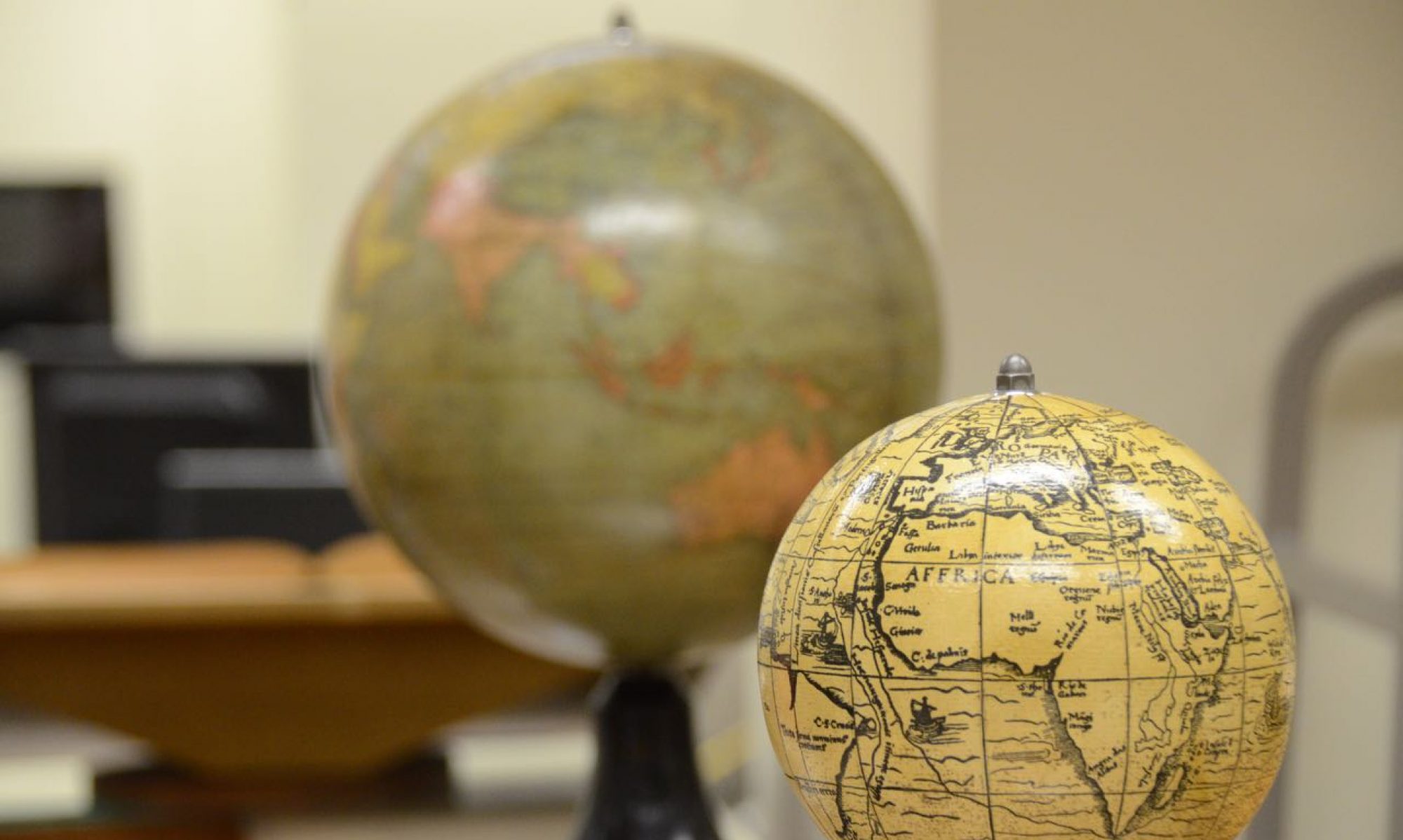










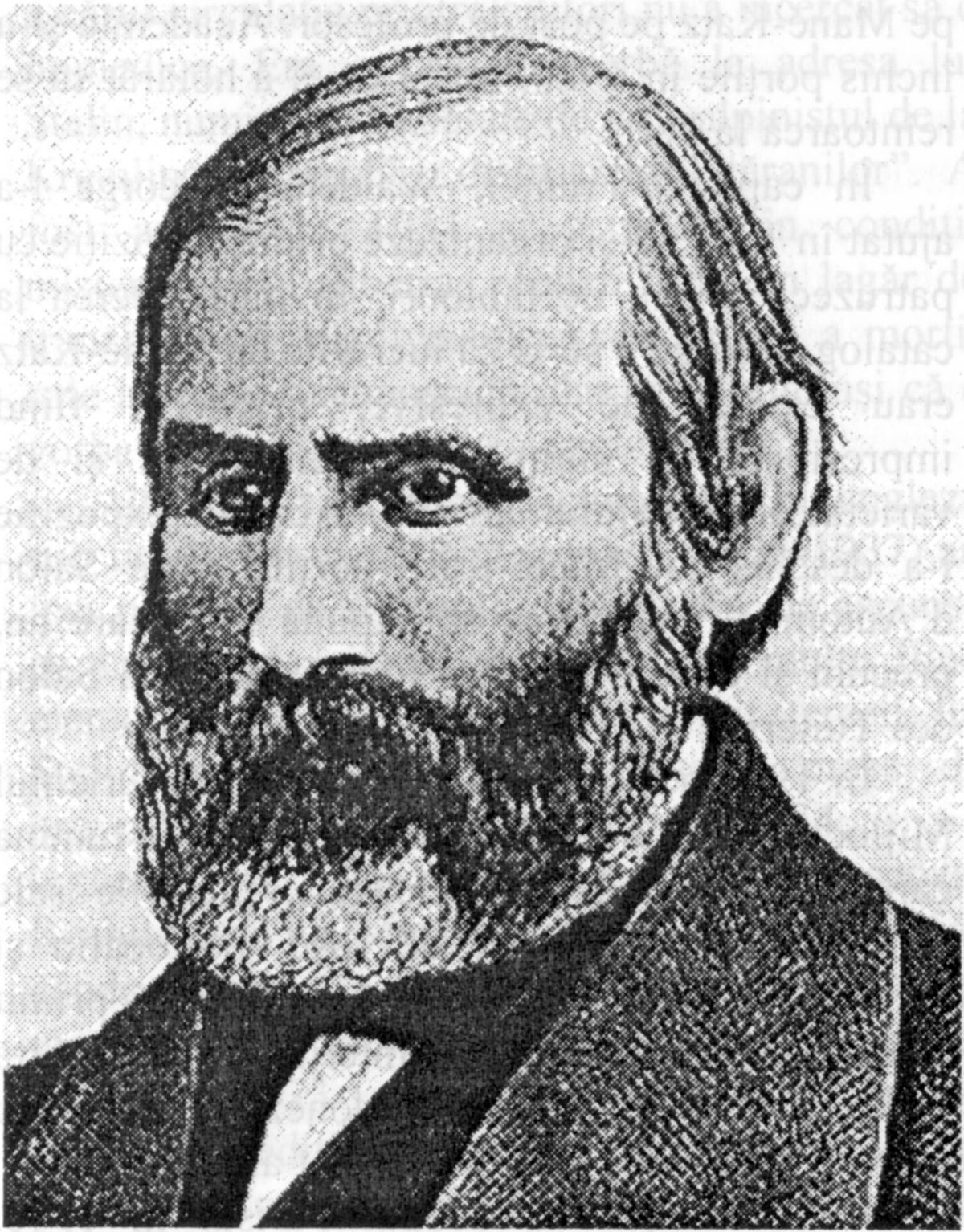


























































































































































































































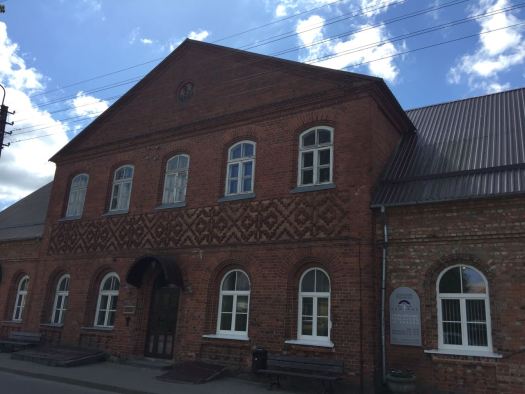









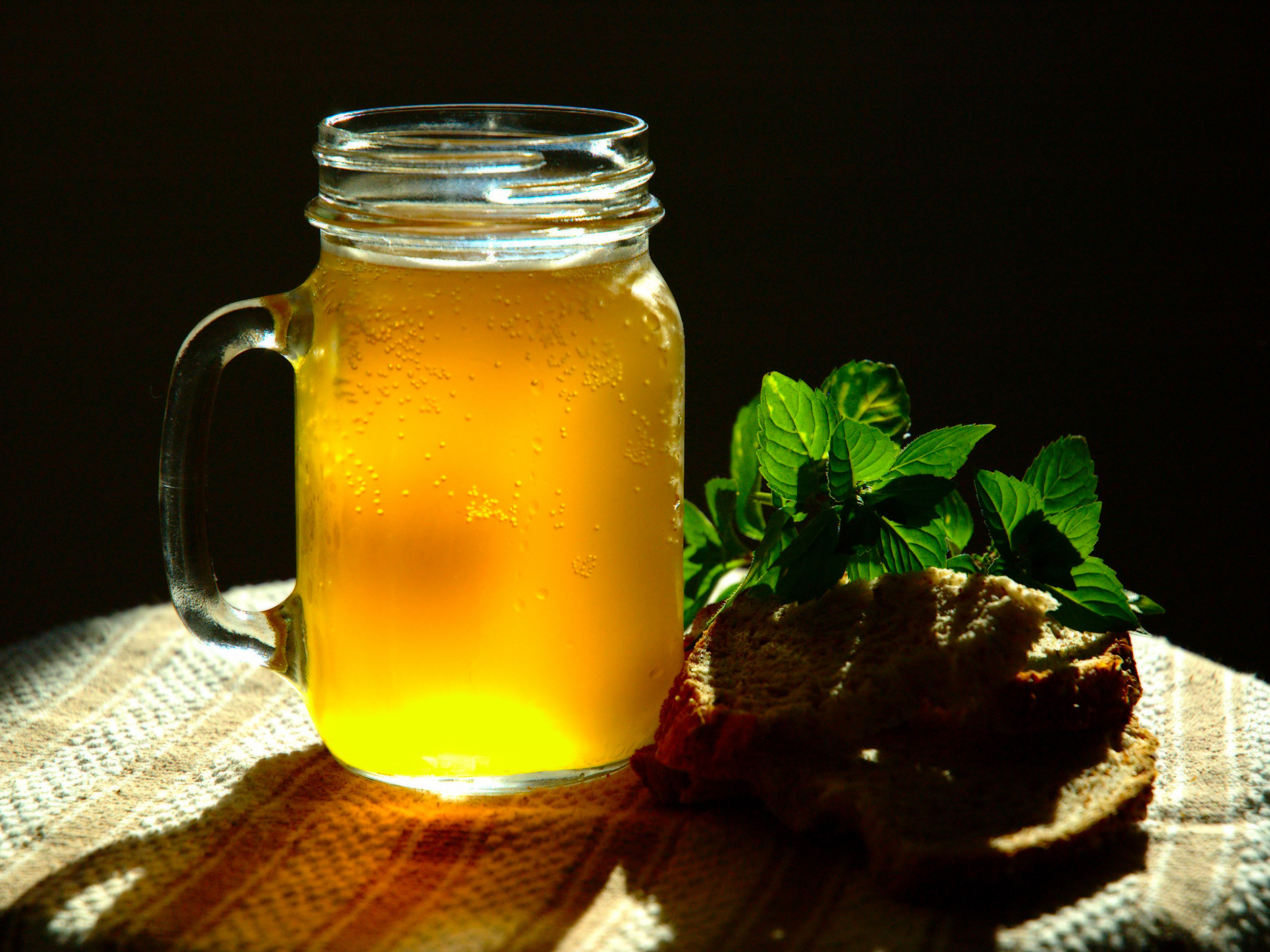



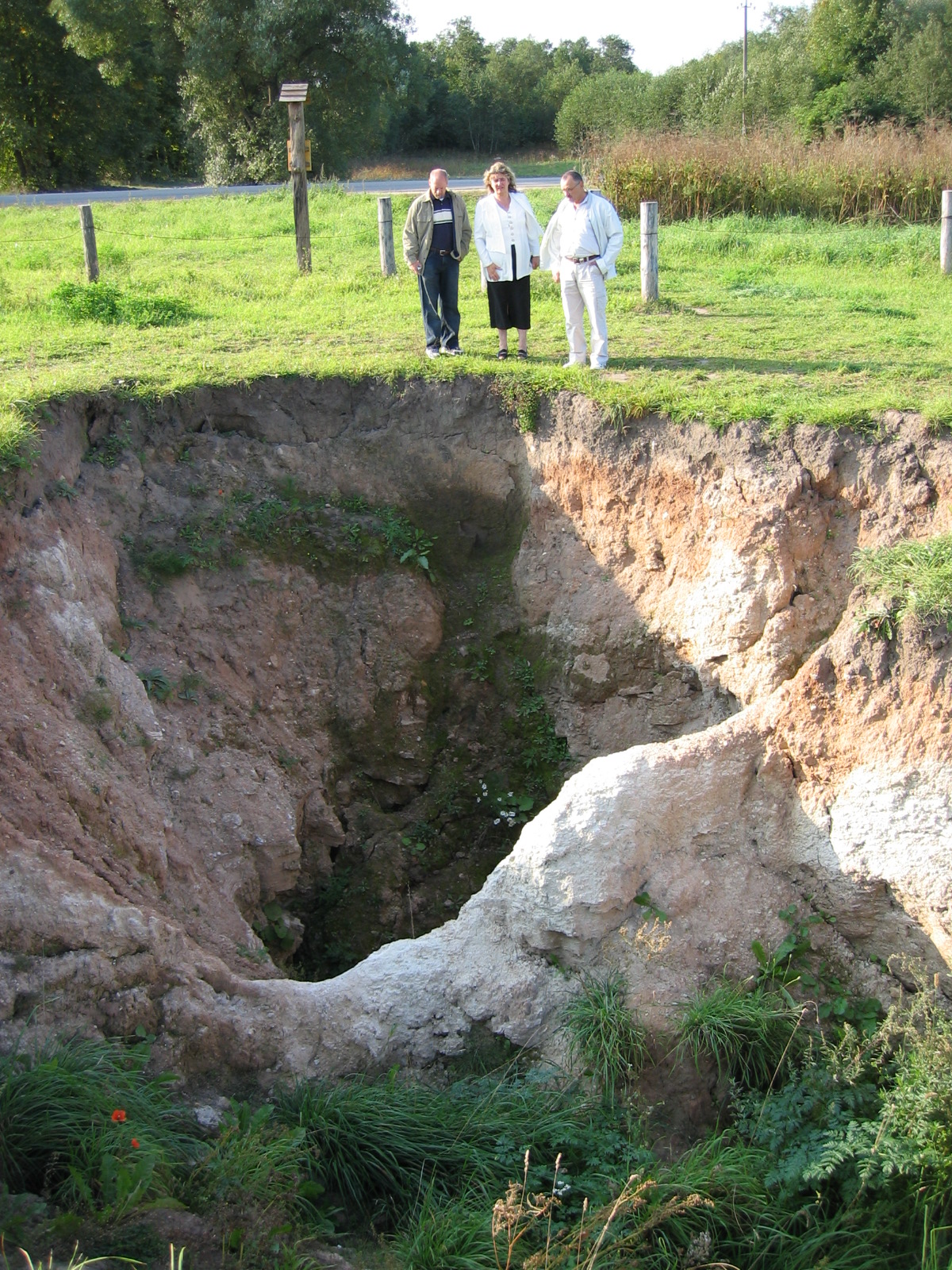





-1459231272.jpg?w=525)
.jpg?resize=201%2C300)
.jpg?resize=308%2C400)
































































































































































































































Richard Shavei Tzion
Cape Town born Richard Shavei-Tzion is an autodidact in all his fields of creative activity. At age 18 he was invited to conduct the Pine Street Shul Choir in Johannesburg. Since then he has directed choral ensembles in both South Africa and Israel. For the past 20 years he has directed the Ramatayim Men’s Choir, Jerusalem which has grown from an ad hoc group of 4 friends into an internationally renowned ensemble consisting of 40 singers. He has conducted High Holidays services for the past 35 years in South Africa, Israel, the U.S.A. and Canada and is often invited to lead communal events, singing and playing guitar. He also composes and arranges Jewish music, mainly for the RMC.